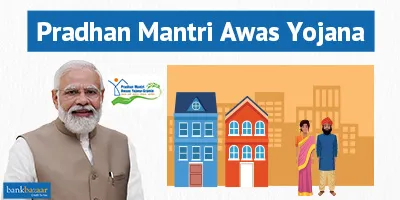Understanding Pradhan Mantri Awas Yojana: A Step Towards Affordable Housing

Introduction to Pradhan Mantri Awas Yojana
The Pradhan Mantri Awas Yojana (PMAY) is a flagship housing scheme of the Indian government, launched in June 2015, aimed at providing affordable housing to urban and rural poor. This initiative holds significance as it aligns with the government’s vision of ‘Housing for All by 2022,’ a promise made to ensure every citizen has access to decent housing.
Key Features of the Scheme
PMAY is designed to facilitate the construction of pucca houses with basic amenities. Under this scheme, beneficiaries are provided with financial assistance through credit-linked subsidies, which enables them to avail home loans at reduced interest rates. The primary target groups include women, SC/ST communities, and economically weaker sections.
Types of PMAY Schemes
There are two main components of PMAY:
- Pradhan Mantri Awas Yojana – Urban (PMAY-U): Focuses on urban areas, aiming to improve housing conditions in cities. It encourages the use of sustainable and eco-friendly materials.
- Pradhan Mantri Awas Yojana – Gramin (PMAY-G): Targets rural households, providing assistance to construct houses that provide a safe and secure living environment.
Progress and Achievements
Since its launch, the PMAY scheme has witnessed significant progress. According to government reports, as of October 2023, over 1.1 crore houses have been sanctioned under PMAY-U, significantly impacting the housing landscape in urban India. In rural areas, the implementation of PMAY-G has led to over 1.5 crore houses being constructed, enhancing the quality of life for millions.
Challenges and Future Outlook
Despite its successes, PMAY has faced challenges, including delays in project completions and issues related to corruption in some states. However, the government is continuously working to overcome these hurdles through efficient monitoring and evaluation mechanisms. Looking ahead, it is anticipated that the demand for affordable housing will continue to grow, necessitating the expansion of the PMAY scheme to meet the needs of urbanization.
Conclusion
The Pradhan Mantri Awas Yojana represents a critical step towards ensuring housing for all in India. As supportive policies and measures continue to evolve, the scheme is expected to play a significant role in transforming the housing sector, providing shelter and stability to numerous families across the nation.









